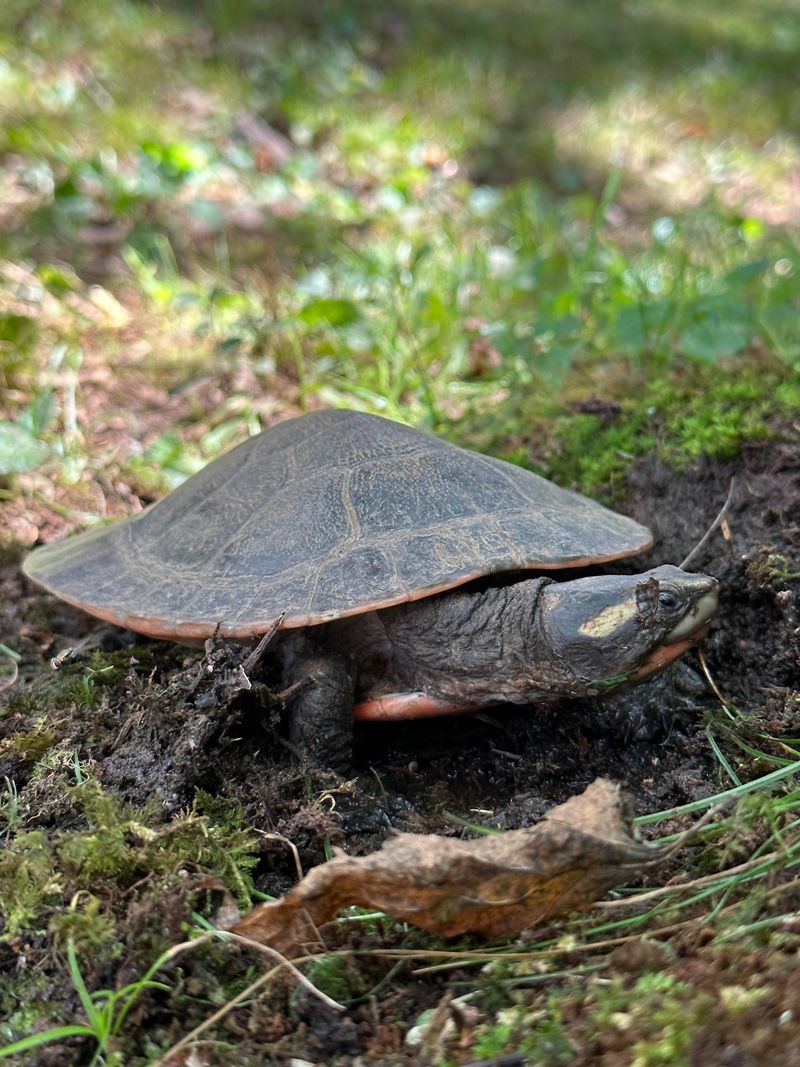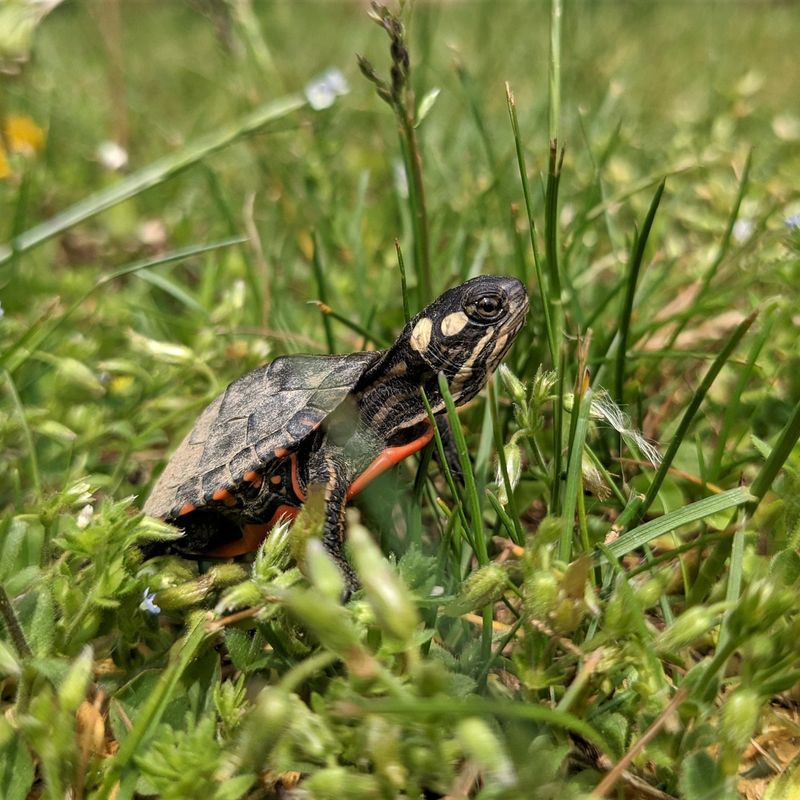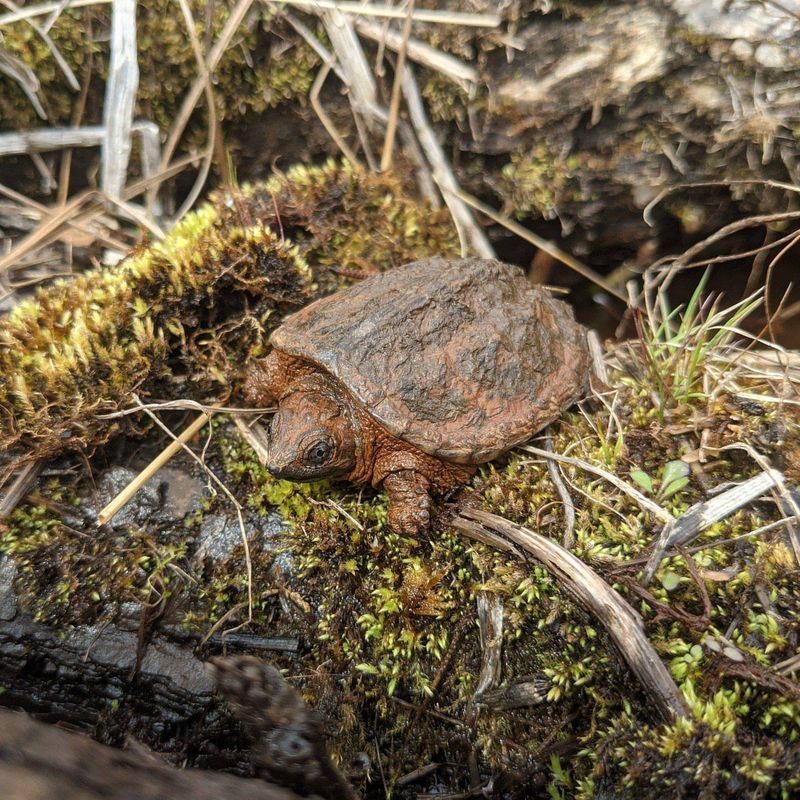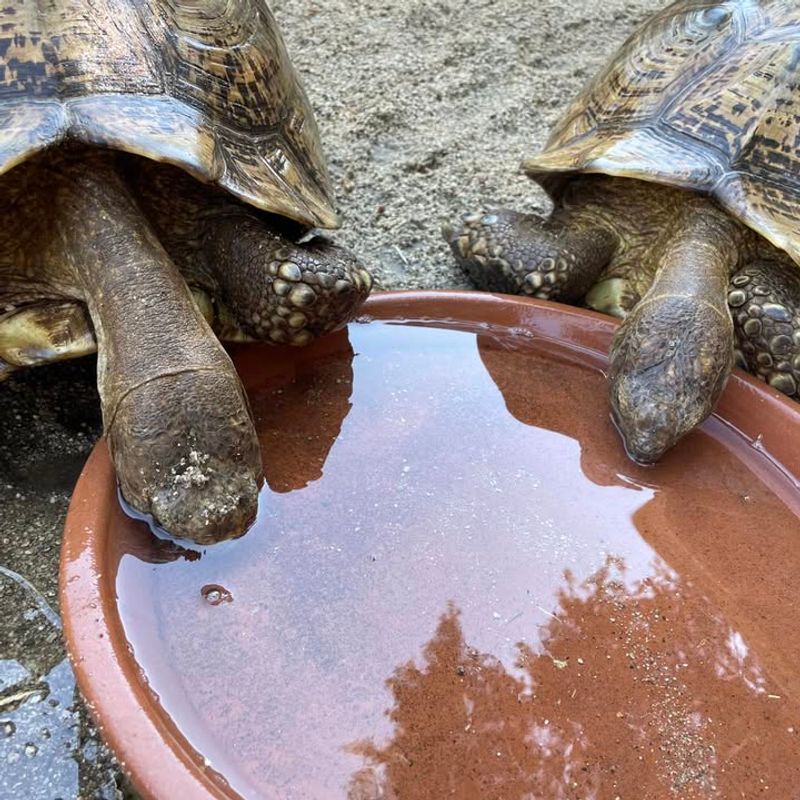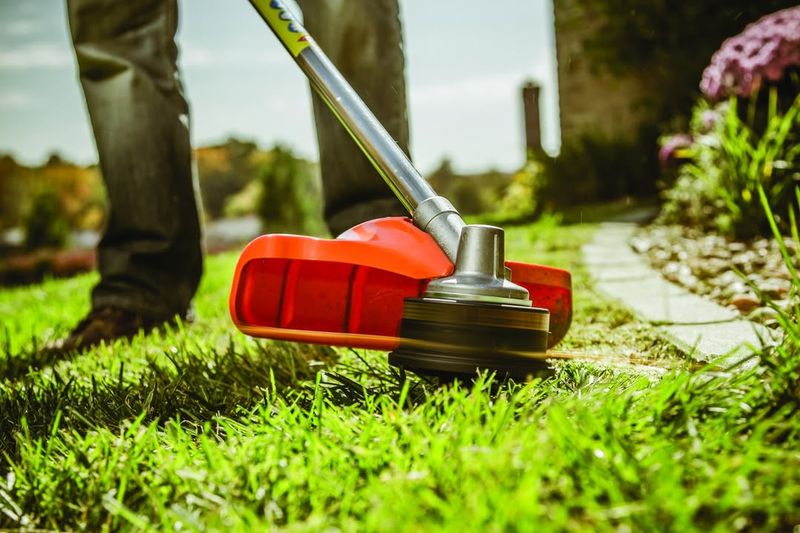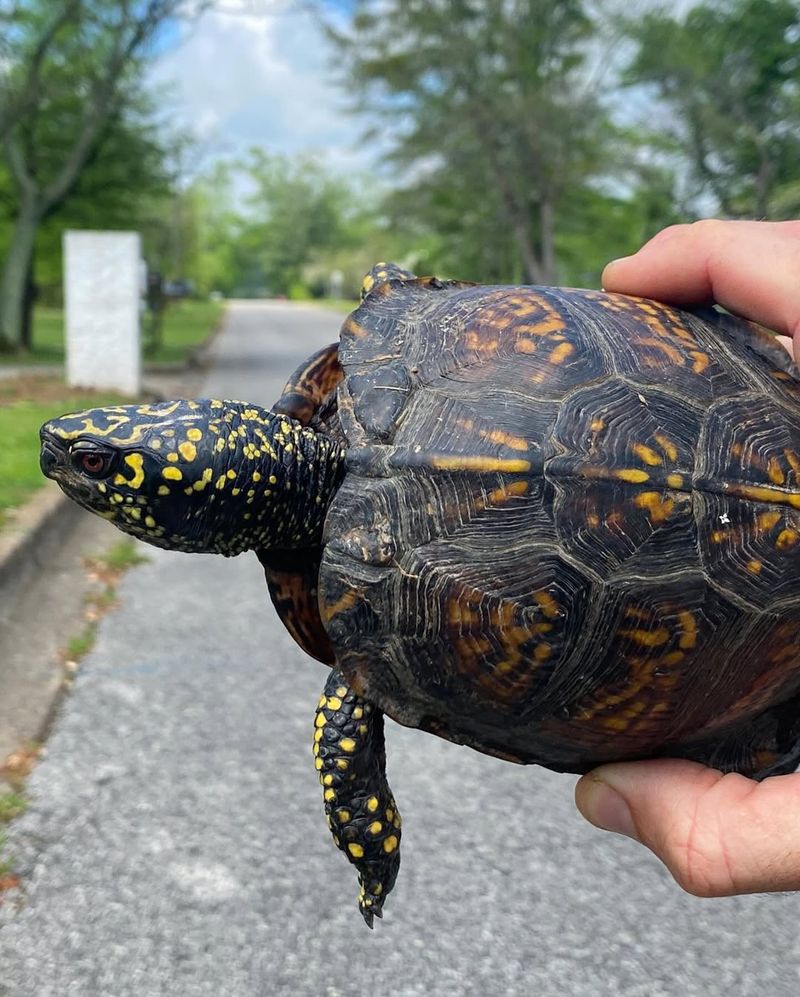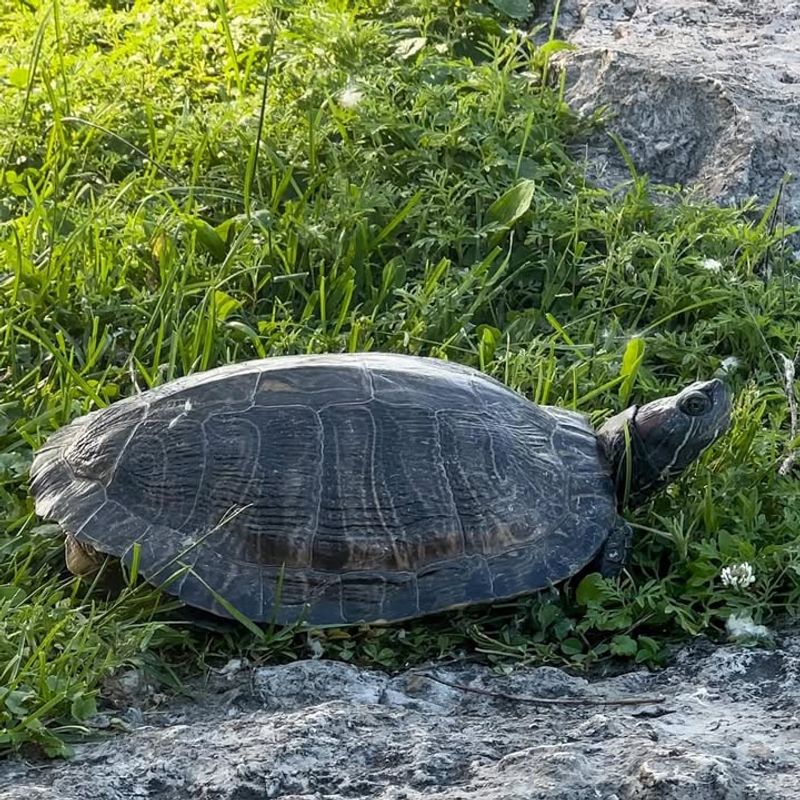If you spot a turtle moseying across your Tennessee backyard, don’t go pulling your head into your shell! These slow-and-steady visitors have been part of Southern life for generations.
But before you rush to scoop it up or snap a selfie, there are a few golden rules to follow. Let’s shell out the facts and keep both you and the turtle safe.
1. Observe From A Safe Distance
Your first instinct might be to rush over, but staying back is smarter. Turtles can feel threatened when approached too quickly, causing them unnecessary stress.
Stand at least three feet away and watch quietly. This gives you time to identify the species without disturbing the animal.
Grab your phone or camera to snap a few photos for identification later. Many Tennessee turtles are protected, so knowing what kind visited matters for your next steps.
2. Identify The Turtle Species
Tennessee hosts over 20 turtle species, each with unique markings. Box turtles have domed shells with yellow or orange patterns, while snapping turtles feature rough, dark shells and powerful jaws.
Check online guides or wildlife apps to compare your photos. Look at shell shape, color patterns, and head markings for accurate identification.
Knowing the species helps determine if your visitor needs assistance or should simply be left alone to continue its journey through your property.
3. Check For Obvious Injuries
Sometimes turtles arrive with visible damage from cars, predators, or accidents. Scan for cracks in the shell, bleeding wounds, or limbs that appear broken or missing.
A healthy turtle will move steadily and react to your presence by withdrawing into its shell. Injured turtles might seem lethargic or unable to move properly.
If you spot serious injuries, contact a Tennessee wildlife rehabilitator immediately rather than attempting treatment yourself, as improper handling can worsen the condition.
4. Provide Fresh Water Access
After a long journey, your shelled guest might be thirsty. Place a shallow dish of fresh water nearby, making sure it’s not too deep.
Turtles can drown in deep containers, so keep the water level below one inch. A plant saucer or pie tin works perfectly for this purpose.
Position the dish a few feet from the turtle and step back. Many turtles will drink or soak once they feel safe, helping them rehydrate before continuing their travels through the neighborhood.
5. Remove Immediate Hazards
Your Tennessee yard might contain dangers you haven’t considered from a turtle’s perspective. Swimming pools, open drains, and garden netting can trap or harm these slow-moving creatures.
Check for lawn equipment like mowers or trimmers that could injure the turtle if you forget it’s there. Move these items or mark the turtle’s location clearly.
Chemical treatments like pesticides and fertilizers pose serious risks too. Keep the turtle away from recently treated areas until it moves along naturally to safer ground.
6. Never Relocate The Turtle Far
Moving turtles far from where you found them causes major problems. Turtles have home ranges they know intimately, containing familiar food sources, shelter, and potential mates.
Displaced turtles will spend months trying to return home, crossing dangerous roads and unfamiliar Tennessee territory. This dramatically reduces their survival chances.
If the turtle seems headed toward danger like a busy street, gently guide it toward safer areas in the same direction it was traveling, keeping it within your immediate neighborhood.
7. Keep Pets And Children Away
Curious dogs might see turtles as toys or threats, leading to aggressive behavior that harms the reptile. Even friendly pets can accidentally injure turtles through rough play.
Children naturally want to touch and hold wildlife, but handling stresses turtles and risks spreading salmonella bacteria. Teach kids to appreciate wildlife from a respectful distance instead.
Supervise all interactions carefully. Make this a learning moment about respecting wild animals while keeping everyone safe from potential bites or scratches from defensive turtles.
8. Let Nature Take Its Course
Most healthy turtles don’t need human intervention. They’re simply passing through while searching for food, nesting sites, or better habitat, and they’ll leave when ready.
Resist the urge to keep the turtle as a pet. Capturing wild turtles is illegal in Tennessee without proper permits, and it harms local populations.
Watch your visitor complete its journey naturally. Seeing wildlife thrive in your backyard means you’re creating a healthy environment that supports Tennessee’s amazing biodiversity and ecological balance.


